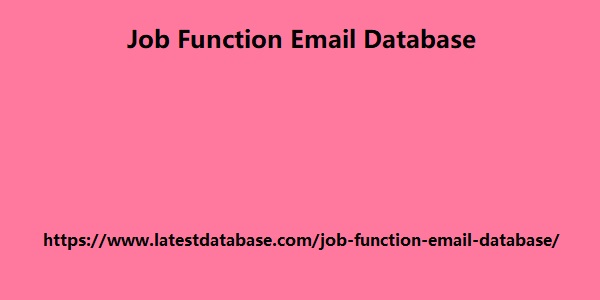Post by account_disabled on Feb 20, 2024 3:47:36 GMT -5
Oil prices are rising and retailers' summer sales are ending, but most economists expect eurozone inflation to fall to a near two-year low in September, when official data is released on Friday. The harmonized consumer price index for the 20-nation bloc is expected to fall from 5.2 percent in August to 4.6 percent in September, the slowest annual price growth in the region since October 2021, according to a Reuters poll of economists. If inflation falls as much, or even more, than expected, it would support investors' hopes that the European Central Bank has reached the end of its interest rate raising cycle after raising borrowing costs for the 10th time. this month. A sharp slowdown in transport services inflation is expected because last year's €9-a-month German travel ticket is left out of this month's annual comparison. Mark Cus Babic, an economist at Barclays, also predicted “weaker year-on-year inflation in other categories, helped by base effects and weak momentum in food, alcohol and tobacco.
However, economists at Oxford Economics warned that the 30 percent rise in oil prices in euro terms since July meant that "the disinflationary impact on energy prices will be significantly smaller Job Function Email Database than previously expected." The ECB is particularly focused on core inflation (excluding energy and food) to better control underlying price pressures. UBS economist Anna Titareva predicted this measure would fall from 5.3 percent to 4.6 percent, its lowest level in more than a year. Martin Arnold Does rising Treasury yields have any future left to follow? U.S. Treasury yields have risen to their highest levels in a decade and a half after strong data and a hawkish Federal Reserve pushed investors to bet that interest rates would stay high longer. A continued rise in the coming week could ripple through other markets, hurting riskier assets like stocks. The 10-year Treasury yield, which serves as a benchmark for borrowing costs around the world.

Briefly hit its highest level since. The two-year yield, which moves with interest rate expectations, hit their highest level since 2006 on Thursday. Both rose on Wednesday after the Federal Reserve signaled its fight against inflation was not yet over and added to those gains on Thursday after weekly jobless claims fell to their lowest. lowest level since January. Economic numbers due next week – including Case-Shiller home prices for July on Tuesday and personal consumption spending data on Friday – could move markets as investors examine any evidence that could support another increase of the Federal Reserve. “We believe the room for official rates to continue rising is running out as we go. [economic] Headwinds are building, but until markets see smoking gun, they will continue to be more cautious,” said Padhraic Garvey, strategist at ING. Any further weakness in Treasuries could drag stock markets lower as higher borrowing costs hurt stock valuations.
However, economists at Oxford Economics warned that the 30 percent rise in oil prices in euro terms since July meant that "the disinflationary impact on energy prices will be significantly smaller Job Function Email Database than previously expected." The ECB is particularly focused on core inflation (excluding energy and food) to better control underlying price pressures. UBS economist Anna Titareva predicted this measure would fall from 5.3 percent to 4.6 percent, its lowest level in more than a year. Martin Arnold Does rising Treasury yields have any future left to follow? U.S. Treasury yields have risen to their highest levels in a decade and a half after strong data and a hawkish Federal Reserve pushed investors to bet that interest rates would stay high longer. A continued rise in the coming week could ripple through other markets, hurting riskier assets like stocks. The 10-year Treasury yield, which serves as a benchmark for borrowing costs around the world.

Briefly hit its highest level since. The two-year yield, which moves with interest rate expectations, hit their highest level since 2006 on Thursday. Both rose on Wednesday after the Federal Reserve signaled its fight against inflation was not yet over and added to those gains on Thursday after weekly jobless claims fell to their lowest. lowest level since January. Economic numbers due next week – including Case-Shiller home prices for July on Tuesday and personal consumption spending data on Friday – could move markets as investors examine any evidence that could support another increase of the Federal Reserve. “We believe the room for official rates to continue rising is running out as we go. [economic] Headwinds are building, but until markets see smoking gun, they will continue to be more cautious,” said Padhraic Garvey, strategist at ING. Any further weakness in Treasuries could drag stock markets lower as higher borrowing costs hurt stock valuations.
